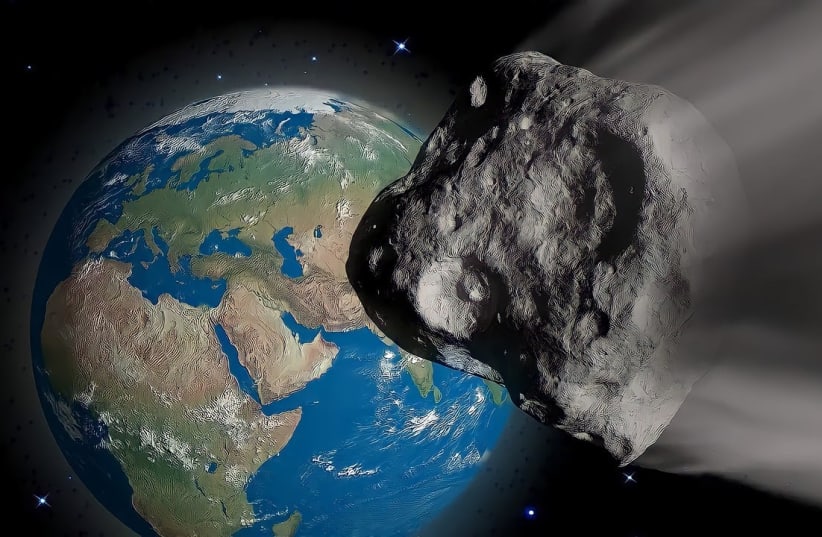An asteroid the size of over 45 aardvarks is set to pass by the Earth on Wednesday, July 19, according to NASA's asteroid tracker.
The asteroid in question was designated by NASA as 2023 NE1, according to the Center for Near-Earth Object Studies (CNEOS) at NASA's Jet Propulsion Laboratory (JPL).
How 'aarduous:' How big is the asteroid coming toward Earth in 2023?
Asteroid 2023 NE1 isn't exactly on the small side, with NASA estimating its diameter as being as much as 100 meters.
But for a perhaps not more relatable metric but certainly more interesting one, look no further than the humble aardvark.
These pig-nosed anteaters may only be native to parts of Africa, but these curious creatures have carved out a surprising niche in pop culture, whether it be from the classic children's TV series Arthur centering on the titular aardvark or from the edgier smash hit indy comic series Cerebus the Aardvark. And who can forget the Masa program Aardvark Israel?
However, the most relevant reference might be the Spanish indy rock band Aardvark Asteroid, available on iTunes and Spotify.
The average aardvark can be as much as 2.2 meters long, when taking into account their long tails. So that comes out to asteroid 2023 NE1 being around 45 aardvarks in size.
Getting antsy: Is an asteroid going to hit the Earth in 2023?
Long story short, an asteroid has already hit the Earth in 2023, so it is possible one might do so again.
This happened back in February, when asteroid 2023 CX1 impacted near Normandy, France.
But this caused no damage because the asteroid was so small. This is also the case with most meteors that hit the Earth, like the one that exploded over Israel.
But this is only the case for small asteroids. Larger ones could cause more damage, and asteroid 2023 NE1 is large enough to do so.
However, it won't hit the Earth, as based on NASA's calculations, it will pass by over 4.5 million kilometers away. On a cosmic scale that's somewhat close, but on a practical level, we have nothing to worry about.
A 'daarkvark' future? Can we stop an asteroid impact?
Thankfully, if humanity wants to avert the damages from an asteroid impact, they no longer need to burrow underground like an aardvark.
Scientists working in planetary defense have been trying to find ways to stop asteroid impacts from happening. Thus far, the best solution we have is NASA's Double Asteroid Redirection Test (DART) Mission, which was successfully tested by crashing into the faraway asteroid Dimorphous, thus altering its orbit.
So hopefully, we can avert a catastrophic ending - which unfortunately, can't be said for Cerebus the Aardvark, but we aren't going to spoil that one.

